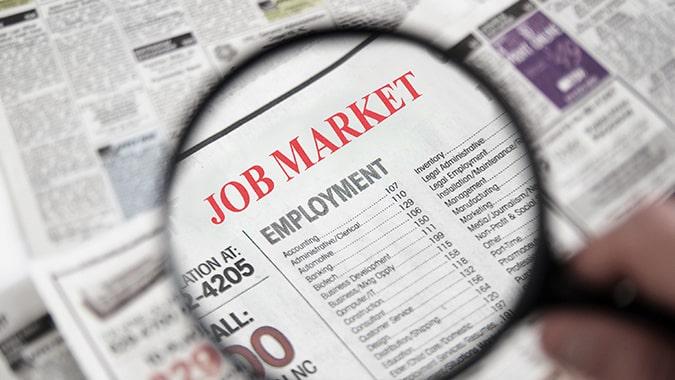The National Retail Federation is forecasting that holiday spending during November and December will grow between 3% and 4% above last year to a record $957.3 billion to $966.6 billion.
Despite a slower growth rate compared with the past three years, when trillions of dollars of stimulus led to unprecedented rates of retail spending during the pandemic, this year’s holiday spending is consistent with the average annual holiday increase of 3.6% from 2010 to 2019. By comparison, during the pandemic, retail sales grew by 9.1% in 2020, 12.7% in 2021 and 5.4% in 2022.
“It is not surprising to see holiday sales growth returning to pre-pandemic levels,” NRF President and CEO Matthew Shay said Nov. 2 when the survey data was released. “Overall household finances remain in good shape and will continue to support the consumer’s ability to spend.”
Online shopping has been one of the biggest shifts in consumer behavior from the COVID-19 pandemic. Online and other non-store sales, which are included in the total, are expected to increase between 7% and 9% to a total of between $273.7 billion and $278.8 billion. That figure is up from $255.8 billion during the 2022 holiday season.
“Consumers remain in the driver’s seat, and are resilient despite headwinds of inflation, higher gas prices, stringent credit conditions and elevated interest rates,” NRF Chief Economist Jack Kleinhenz said. “We expect spending to continue through the end of the year on a range of items and experiences, but at a slower pace. Solid job and wage growth will be contributing factors this holiday season, and consumers will be looking for deals and discounts to stretch their dollars.
“For all that the consumer has kept the economy afloat, the composition of spending from goods to services will also define holiday sales trends,” Kleinhenz said. “Service spending growth is strong and is growing faster than goods spending. The amount of spending on services is back in line with pre-pandemic trends.”
To meet the demand of the holiday season, NRF expects retailers will hire between 345,000 and 450,000 seasonal workers, in line with 391,000 seasonal hires in 2022. Some of this hiring may have been pulled into October to support retailers’ holiday buying events in October.
Despite months of preparation for the holiday season, retailers could sustain unpredictable impacts from weather. NRF’s holiday forecast is based on economic modeling that considers a variety of indicators including employment, wages, consumer confidence, disposable income, consumer credit and previous retail sales. NRF’s calculation excludes automobile dealers, gasoline stations and restaurants to focus on core retail. NRF defines the holiday season as Nov. 1 through Dec. 31.
NRF’s holiday consumer survey, also conducted by Prosper Insights & Analytics and released Oct. 19, showed 92% of consumers intend to celebrate winter holidays such as Christmas, Hanukkah, or Kwanzaa this year. That survey found consumers plan to spend an average of $875 on gifts, decorations, food and other seasonal items and that 43% planned to start their shopping before November.
That survey asked 8,103 adult consumers about their holiday shopping plans. It was conducted Oct. 2-9 and had a margin of error of plus or minus 1.1 percentage points.

